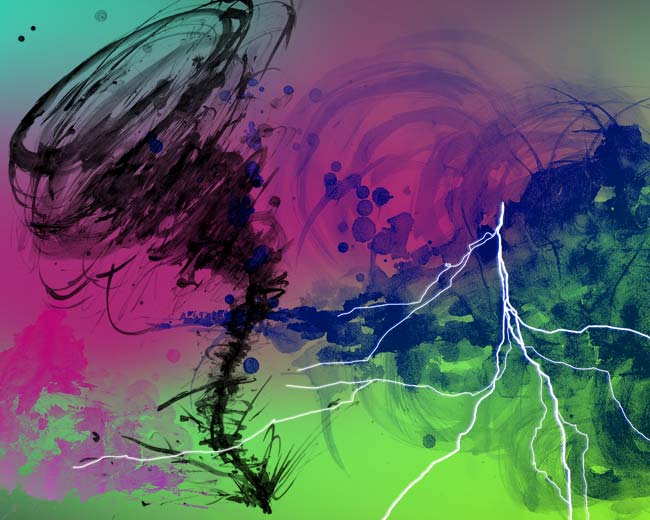
Nature’s Fury
The Yellowstone Supervolcano
Over four million people visit Yellowstone National Park annually to view wildlife, mountain scenery, and the largest concentration of geysers in the world. It’s obvious to anyone who watches Old Faithful erupt that the region is geologically active, but few people realize that one of the earth’s largest supervolcanoes lies underneath the park.
The Yellowstone Caldera
Calderas are depressions formed when a volcano collapses after an eruption. The Yellowstone caldera was formed by three previous volcanic explosions. It covers nearly 1,500 square miles of the national park.
Historic Eruptions
There have been three major explosive eruptions in Yellowstone’s history: Huckleberry Ridge (2.1 million years ago), Mesa Falls (1.3 million years ago), and Lava Creek (640,000 years ago). The largest eruption of the three, Huckleberry Ridge, was 6,000 times greater than the Mount St. Helens eruption of 1980.
Yellowstone Ashfall
Ashfall from two of the Yellowstone eruptions reached well past present-day Kansas City. All three Yellowstone eruptions would today rank 8, or mega-colossal, on the Volcanic Explosivity Index.
It’s highly unlikely that anyone alive today will witness an explosive eruption at Yellowstone. But if it were to occur, scientists estimate that a major eruption at Yellowstone today would dump over three feet of ash on Billings, Montana, and perhaps up to an inch of ash in the Kansas City area. Although structural damage would be minimal in the metro, it’s enough ash to disrupt air travel, damage crops, pollute waterways, and alter the world’s climate.
